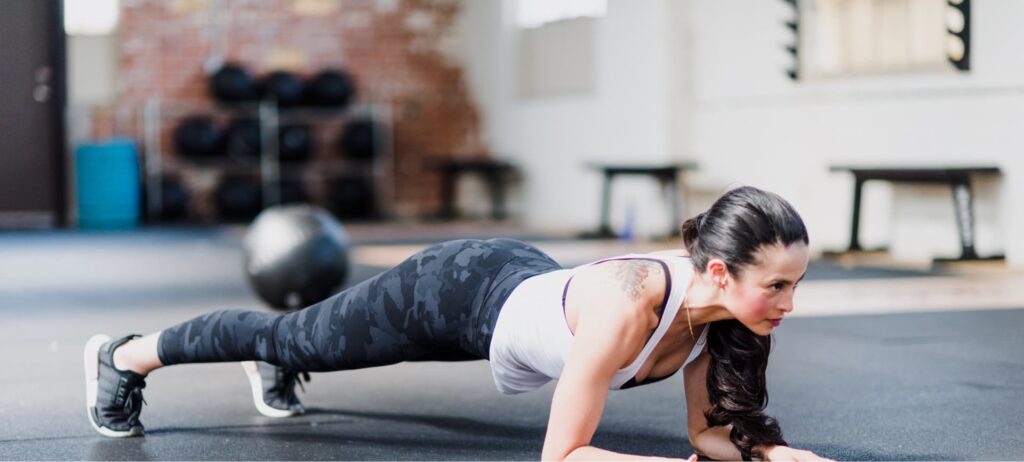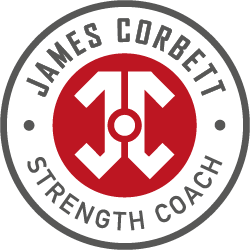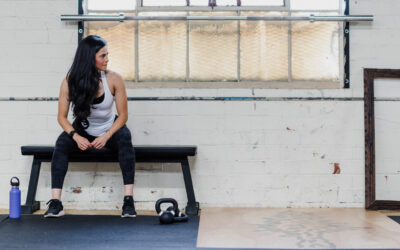Training with no equipment
During the current pandemic, lots of people are having trouble accessing gym equipment. Some people have concerns about joining a gym with other members as they don’t want to expose themselves or their loved ones to Covid-19.
Due to increased demand there are longer delivery times and many retailers are lacking stock. Unless you had a home gym setup in place prior to COVID-19 you are going to struggle to get the proper equipment in order to perform workouts that are beneficial and effective.
It’s easy to decide that you want to start a home workout regime. It is more difficult to create a schedule and decide what you can realistically get done productively. To help with this, it’s useful to clarify our thinking as to what “training” is.
Training is the process of applying a specific stimulus to accrue the necessary levels of adaptive stress. This will trigger a disruption in homeostasis in order to realise an increase in the level of performance.
This is a definition that I find useful to clarify my training and coaching. It helps to focus and deliver workouts that are effective and efficient.
Homeostasis
Homeostasis, as it applies to strength and conditioning, is your current level of strength, fitness or physical performance. In order to raise this baseline you must apply a stimulus in the correct fashion, this comes in the form of adaptive stress. In order for a change to occur the level of stimulus must be high enough to disrupt homeostasis. But not so large that it overwhelms your body and you experience a catastrophic decrease in performance.
In the context of the pursuit of physical strength we can begin to use these two definitions to allow us to begin to develop ways incrementally and gradually increase performance over time.
Adaptive Stress
Firstly, you must be able to apply the adaptive stress in a way that it is easy to keep track of. So that you know the stress is increasing over a given period of time. The application and recovery from the specific stress is what helps you improve the physical capacity you are focusing on. As your level of performace increases, you become more adapted to the specific stress you are applying. You become both more resistant to, and better at recovering from, this stimulus.
Simply put, as you become stronger it becomes more complex and slower to increase your level of strength. It may take the same amount of time to get your barbell squat from 40kg to 100kg as it takes to get it from 100kg to 130kg, for example.
The most useful adaptation that you should be looking to harness in the gym is strength. It is the most general adaptation you can train for and has real advantages in terms of your overall fitness, health and wellbeing. Training with barbells to improve your general strength is the optimal solution and in regular circumstances these conditions are not all that hard to satisfy. But as we’re all keenly aware, we are not living through regular circumstances. So what can we do?
At-home workouts
In lieu of owning a squat rack, a barbell and enough weights to continue or start training, exercising at home using your body weight and household items is the best option available to you. High intensity workouts, running sprints, doing box jumps and burpees will quickly lead to fatigue and burnout. For that reason, I’m going to focus on exercises that anyone, regardless of experience in a formal gym, can participate in.
These include, but aren’t limited to, squats, push ups, lunges and planks. Select exercises that have the versatility to be scaled back or advanced to an appropriate level, based on your strength and performance.

For push ups…
Not everyone can do a lot of pushups and you may struggle to even do one. Others can knock out a set of twenty reps with no problem at all. Finding your starting point is what you need to. To do that we may need to regress, make easier, a movement so that you can start performing the movement.
We make pushups easier by increasing the height of the surface that you place your hands on relative to your feet, with the easiest option being placing your hands on a wall. The hardest variation would be a deficit handstand push up(HSPU) to full depth, this would be a very advanced movement. You can imagine this movement as performing a handstand with straight arms, bending at the elbows until you lower yourself down as far as you are able to, then return to the straight arm position. This is an incredibly advanced bodyweight movement, a vertical surface can be used as a balance aid, such as a wall.
With elevating the hands, on a wall, you are “shortening” the distance between your feet and hands, whilst also shortening the range of movement making the movement easier. With a HSPU you are effectively performing an inverted overhead barbell press with your own bodyweight. A bodyweight overhead press is a fairly advanced level of strength development you can imagine why a HSPU is considered an advanced bodyweight movement.
How much “easier” you should make the variation is an important consideration. You should only regress the exercise as much as needed in order to perform a full range of motion. Range of motion is important as it dictates how effectively the exercise can be progressed over time and how much training stimulus you are able to accrue from a movement. I have covered regressing and progressing body weight exercises in another article, which you may find helpful.
Push-up variations; from easiest to hardest.
- Wall push up – hands placed on a wall, torso angle almost completely vertical.
- Bench push up – hands placed on a surface between hips and knees, lower the surface to progress difficulty
- Knee Push-up – hands and knees on the floor, use an exercise mat.
- Eccentric Push-up – “lowering” portion of a full push-up only.
- Push-up – can progress with weight in a back pack.
- Feet elevated Push-Up – hands on the floor, feet up on a higher surface, this height can be increased for progression.
It is possible to progress your push ups this way for several months. The nearer the start of the list the longer you will be able to progress the movement. Eventually you are going to have to add external resistance. You could do this using a back pack filled with weights. But in the end bench pressing and overhead pressing are going to be the only way to move forward.
For squats…
Depending on initial strength levels you may need to regress to a partial range of motion using body weight as resistance. A balance aid may also be needed. This may be a table top or back of a chair, anything that will be able to provide you with an additional point of contact.
Squat variations; from easiest to hardest.
- Sit to stand – sit on a chair, box or bench. Return to standing position. Lower surface for progression.
- Box squat – touch the box lightly at bottom of the squat. Keeping balance on feet.
- “Air” squat – bodyweight, unassisted squat to full depth. Add external resistance to progress.
- Pause Squat – Same as an “Air” Squat, but with a pause at the bottom.
- Tempo Squat – assigning a time to performing the lowering, bottom and raising portions of the squat.
- Reverse lunge – one foot placed back, weight kept on front foot, return to standing position.
- Split squat – rear foot kept in place for full set.
- Rear/Front foot elevated Split Squat – rear or front foot is on raised surface.
This a similar idea to progression of the push up. By manipulating the tempo, stance and angles of the squat we can make it harder. Once you can easily perform a variation for multiple reps (10-12) and multiple sets (3-5), it is time to move up a “level”.
Regress to Progress
The goal is to regress the squat, or push up, enough so that the trainee can begin working towards achieving a full range of motion bodyweight movement. External resistance and variations of the movements can also added in to make the best use of limited resources.
If you follow the advice regarding squats and press ups, I think that it is possible to exercise at home, with next to no equipment.. That can be done in a progressive manner by adding reps and sets once you’re comfortable with the initial sessions. You can even add rucksacks filled with various materials to add external resistance, once that becomes appropriate.
Should I be exercising at home?
This really comes down to your own personal preference. You might be more inclined to “wait it out” and begin training once you have the appropriate equipment. I would say your approach should be guided by your training advancement.
If you are an advanced lifter , waiting it out and then resuming training when you have the right equipment is possibly the best bet. For those who have never touched a barbell before, you should be trying to establish the habit of physical activity three or four times a week as a transition to prepare yourself to keep the habit up with more effective methods, once professional gym spaces reopen.
Looking to start getting into shape but don’t know where to start and can’t get to a gym?
Book an online “No Sweat Intro” with Coach Corbett, click here to book!
Coach James can talk through all the options with you and come up with plan to get you moving better, feeling better and fitter until you are ready to go back to the gym. You can even perform at home workouts to help progress in the gym!






0 Comments